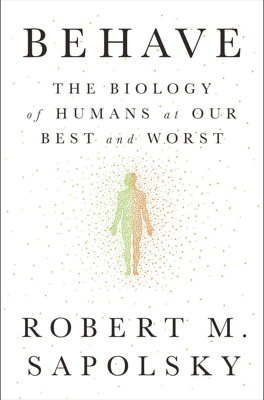Feeling Someone’s Pain, Understanding Someone’s Pain, Alleviating Someone’s Pain
Empathy, Compassion, and the Pain of Others
This chapter delves into the complexities of empathy, compassion, and human interactions when faced with the pain of others. It critically dissects the myriad ways humans resonate with or respond to pain and distress in varying scenarios, ranging from personal suffering to observing discomfort in others, including animals and children.
Distinctions in Empathic Responses
Different terms such as empathy, sympathy, and compassion reflect nuances in how humans potentially resonate with others in distress. The discussion outlines multiple layers of such resonance: - Sensorimotor and Emotional Contagion: Primitive, automatic responses to observing pain, such as cringing when seeing someone else hurt. - Cognitive Empathy and Compassion: Involving more advanced understanding and perspective-taking, assessing the reasons behind someone’s pain and fostering a desire to alleviate it. - Social and Moral Dimensions: How empathy intersects with social relationships and moral judgments, shaping responses based on perceived relationships or social roles.
Empathy in Animals and Development in Children
Empathic behaviors in animals — such as rats working to relieve peers from distress — underscore basic empathic responses across species, hinting at evolutionary roots. However, it's contentious whether these behaviors reflect true empathy or simpler, self-interested mechanisms.
Developmental insights from children show how empathy evolves from automatic emotional responses in infancy towards more complex social and moral considerations as they grow, influenced by cognitive development and social learning.
Complex Interactions of Affect and Cognition in Empathy
Empathy involves intertwined cognitive and affective processes: - The anterior cingulate cortex (ACC) plays a central role, traditionally associated with processing pain and conflict but also pivotal in empathic and compassionate responses to others' pain. - Neurochemical aspects, like the role of oxytocin in empathic behavior amongst pair-bonded prairie voles, highlight a neurobiological basis for compassion, which contrasts with simpler, distress-driven responses.
The Role of Mirror Neurons
The discovery of mirror neurons — neurons that activate both during an action and when observing the same action performed by others — suggested a neurological basis for empathy and social learning. While intriguing, the extent to which mirror neurons contribute to complex empathic or compassionate behavior remains debated, with findings suggesting their role may be more limited to understanding actions rather than intentions.
Pragmatic Outcomes of Empathic States
The transition from experiencing empathy to taking compassionate action is not straightforward. Emotional resonance can sometimes be overwhelming or self-focused, leading to inaction or ineffective responses. Highlighted are situations where detached empathy or compassion, informed by cognitive rather than purely emotional responses, leads to more effective helping behaviors.
Examples include Buddhist practices of detached compassion, which focus less on personal distress and more on broader benevolent intentions, suggesting pathways for effective altruism that avoids the pitfalls of overwhelmed or self-centered empathic responses.
Conclusions and Perspectives on Empathy and Action
Ultimately, the chapter emphasizes that while empathy can significantly inform compassionate actions, the effectiveness and selflessness of such actions depend on multiple factors including social, cognitive, and personal motivations. Detachment, in the sense of not being overwhelmed by emotional contagion, appears crucial for translating empathic feelings into meaningful and constructive help for others.
